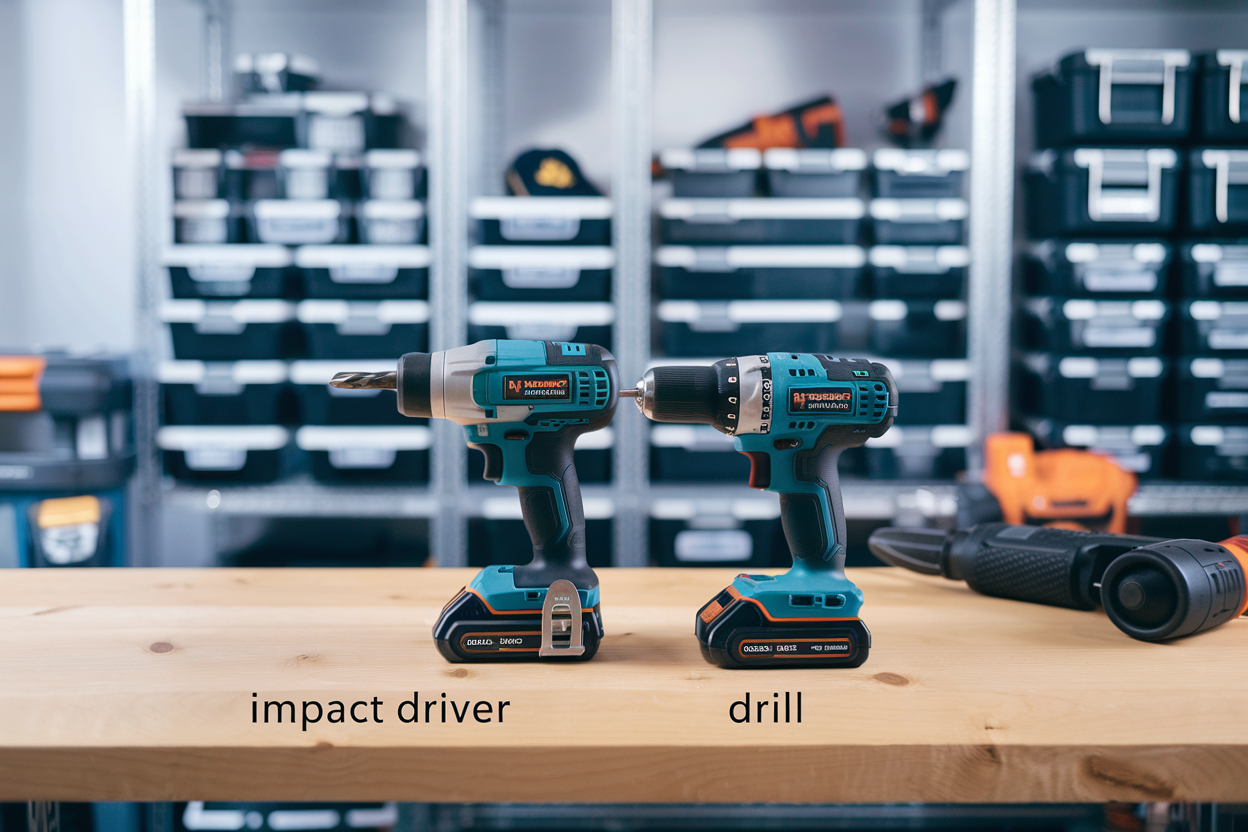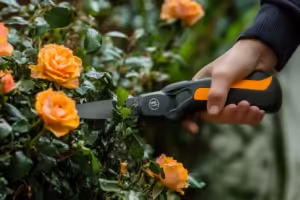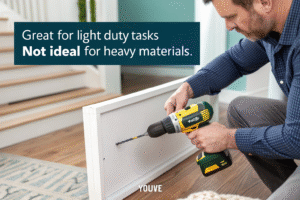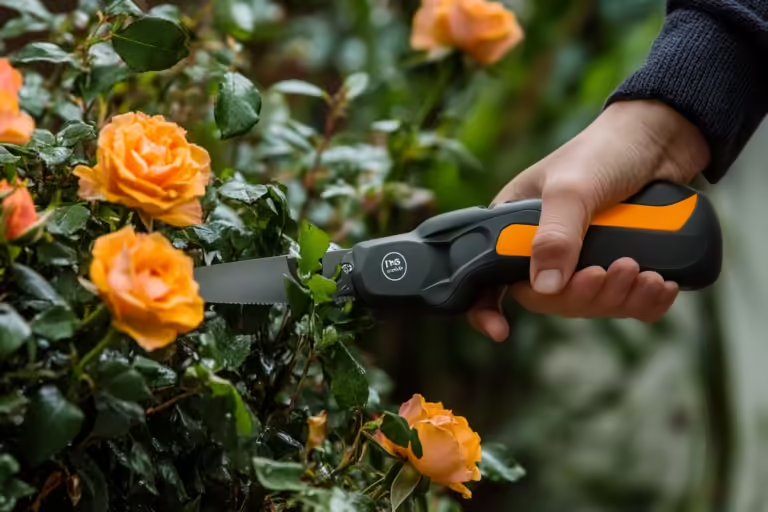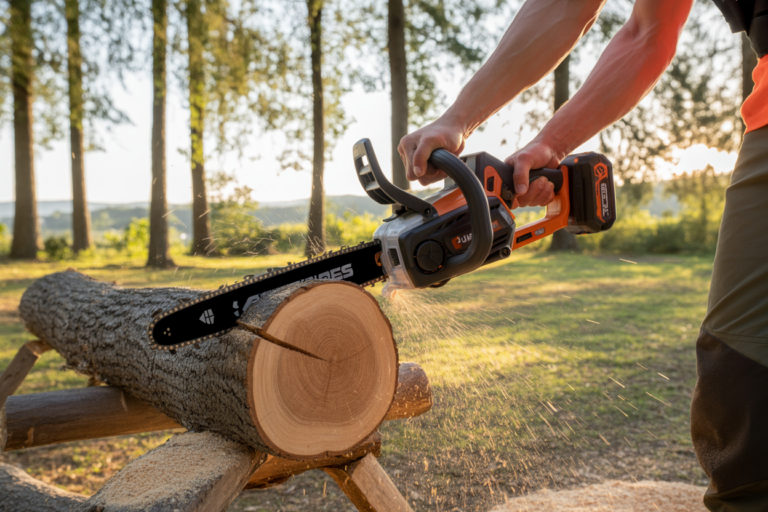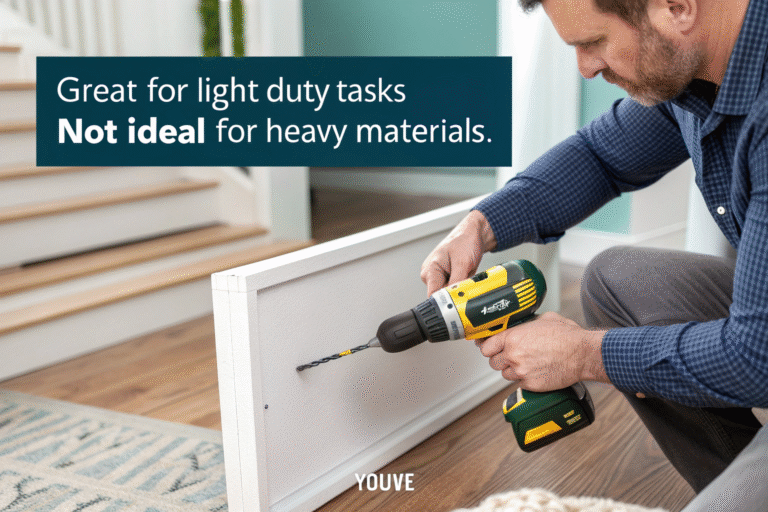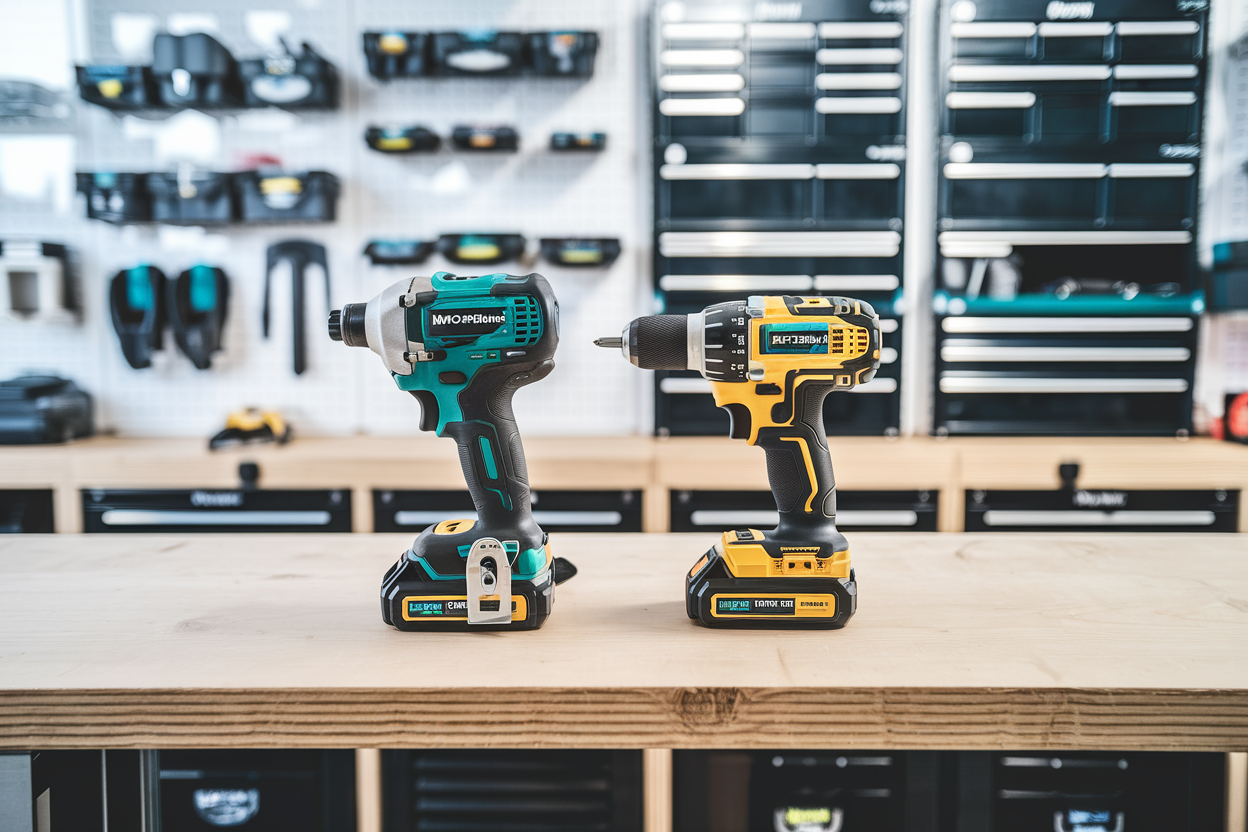
When you’re in the middle of a DIY project, reaching for the right tool can feel like a small victory. But what if you’re not sure which tool is best—an impact driver or a drill? Let’s break it down.
An impact driver is designed for heavy-duty tasks, delivering high torque with minimal effort, while a drill is better suited for precision drilling and fastening.
I still remember the first time I picked up an impact driver. It felt like stepping up to a power tool that finally “got me.” But understanding the differences between these tools changed the way I work forever.
Why do people use impact drivers instead of drills?
When you’re up against stubborn screws or thick materials, impact drivers can be a game-changer. Their ability to deliver rotational force with bursts of power makes them ideal for tough jobs.
People choose impact drivers over drills for their superior torque, speed, and ease in driving screws into hard surfaces.
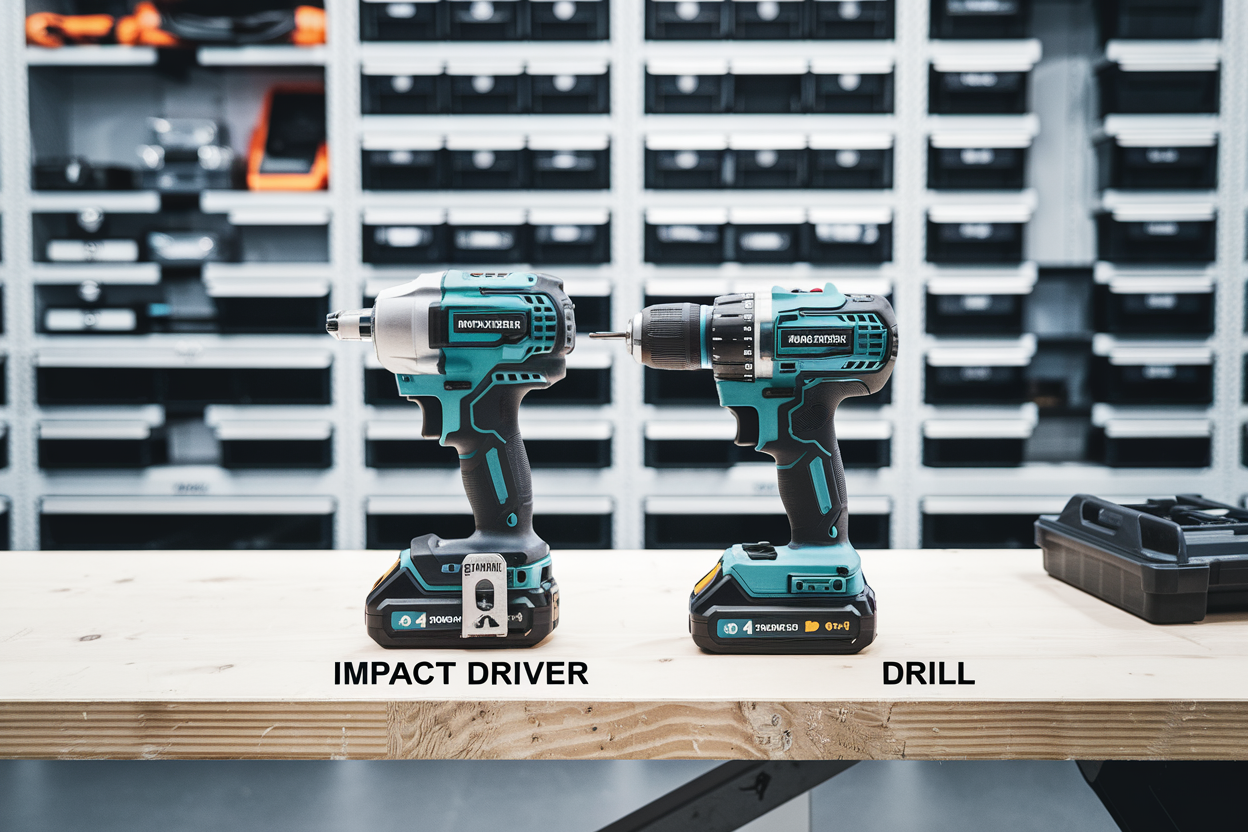
What makes impact drivers stand out?
Impact drivers shine in situations where traditional drills might struggle. Here’s a quick comparison:
| Feature | Impact Driver | Drill |
|---|---|---|
| Torque | High | Moderate |
| Application | Heavy-duty fastening | Drilling/Light fastening |
| Noise Level | Louder | Quieter |
For tasks like assembling a deck or working with dense woods, high-torque power tools1 are invaluable.
What are the disadvantages of impact drivers?
No tool is perfect, and impact drivers are no exception. While they excel in power, there are some drawbacks to consider.
Impact drivers can be noisy, less precise for drilling, and may require specialized bits.
Are the trade-offs worth it?
The noise from an impact driver can be jarring, especially in enclosed spaces. Additionally, if you’re switching between drilling and driving tasks, the need for a separate drill can feel inconvenient. Here’s where versatility comes into play. Understanding these limitations helps you decide when to choose an impact driver over a drill.
What does brushless drill mean?
Brushless drills represent a leap forward in technology. They are designed to be more efficient, powerful, and durable.
A brushless drill uses an electronic motor, eliminating brushes for higher efficiency, longer life, and less maintenance.
Why go brushless?
Brushless motors adjust power output based on the task, saving battery life. They’re also smaller and lighter, making them a favorite for professionals. For anyone investing in tools, brushless technology2 is worth exploring.
Can a hammer drill be used as a regular drill?
Hammer drills are known for their ability to tackle masonry, but they’re more versatile than you might think.
Yes, a hammer drill can be used as a regular drill by switching off the hammering function.
Dive Deeper: Switching modes effectively
Hammer drills often have a mode switch that lets you use them for everyday drilling tasks. However, they tend to be bulkier than standard drills, which might make them less comfortable for prolonged use.
What should an impact driver be used for?
Impact drivers thrive in specific applications. Knowing their strengths helps you get the most out of them.
Impact drivers are best for driving long screws, bolts, and fasteners into tough materials like wood or metal.
Dive Deeper: Real-life use cases
Whether you’re building furniture or assembling outdoor structures, impact drivers are your best friend. Their efficiency saves time and effort, especially for repetitive tasks.
Which tool is more versatile: a drill driver or an impact driver?
The answer depends on what you need. While both tools have their place, versatility can be subjective.
A drill driver is more versatile for a mix of drilling and light fastening, while an impact driver excels in heavy-duty applications.
Dive Deeper: A tool for every purpose
When versatility is key, many opt for a drill driver. However, for specific tasks requiring raw power, impact drivers are unmatched. Investing in a combo kit might be the best solution for balanced performance3.
Conclusion
Understanding the differences between impact drivers and drills can transform the way you approach your projects. Choose the right tool for the job, and you’ll never look back.

